A Visit to the Twin Cities
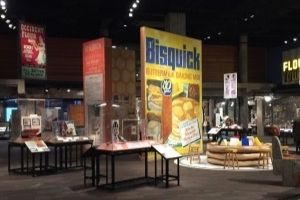
A blog post by Deputy Director Deborah Cardin. To read more posts from Deborah click HERE.
If you were tasked with coming up with a concept for a new core exhibition project that would tell the story of Maryland Jewish history for audiences of all ages and backgrounds, one that integrated new technologies and featured innovative exhibition design strategies, where would you start? One way to begin the process is to take a look at model exhibit projects across the country and to speak with leading museum professionals in search of inspiration. I was lucky enough to take part on a three-day fact finding mission to Minneapolis and St. Paul to do just that.
The JMM has recently embarked on the planning process to develop an exhibit that will replace Voices of Lombard Street. Our vision is to create an interactive exhibit that engages diverse audiences in learning about the many nuances of Maryland Jewish history, that highlights our outstanding collections and is truly a 21st century exhibit, meaning that it takes advantage of new technology and theories of how best to engage visitors through design.
Members of our exhibit advisory committee have spent the past few weeks traveling to other cities in search of innovative projects to help inform our project development and planning. In the beginning of the month, I had the privilege of visiting the Twin Cities with two other committee members, Program Committee Chair, Jerry Macks and Anita Kassof, Executive Director of the Baltimore Museum of Industry (and former Associate Director of the JMM). During our three day trip, we visited six museums, enjoyed the famed Midwestern hospitality (while not enjoying quite as much the cold weather) and took lots of notes. Here are some of the highlights of our trip.
Our first stop was the American Swedish Institute (www.asimn.org), which is located inside an early 20th century castle built by a Swedish immigrant who became a newspaper magnate. The museum’s entrance is in a modern visitor center built recently to house a beautiful and inviting gift shop, café and public program space. The museum definitely had its charms including the beautifully handcrafted interior design features as well as friendly and knowledgeable volunteers. The third floor of the house contained exhibits on such topics as the history of Swedish immigration to Minneapolis (we would have loved to have learned this info earlier in our visit) as well as on Swedish hospitals and music. The ASI’s mission to serve as a cultural center for people of all backgrounds, including many new immigrants who currently reside in Minneapolis, resonated with us and spoke to the significant role that ethnic specific museums can play in their communities.
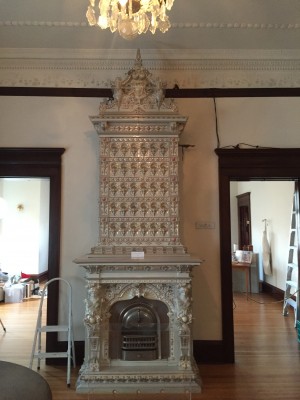
Next up, the Bakken Museum (www.thebakken.org), a quirky museum founded by inventor Earl Bakken to house his collection of medical equipment and electrical devices. The museum’s exhibits feature an abundance of interactive displays that delight visitors of all ages and teach about an array of scientific principles. One of the things we most enjoyed about the museum was its promotion of social experiences among visitors through activities that involved more than one person.
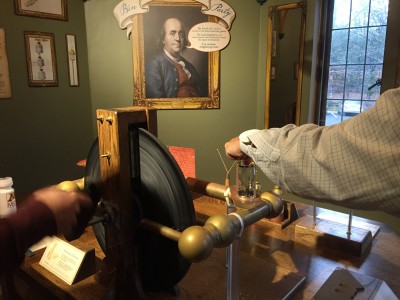
Another highlight was the Cabinet of Curiosity that featured favorite artifacts from the museum’s collections selected by staff, volunteers and board members. It was fun to read why individuals selected the objects that they did and a nearby iPad provided additional information about specific artifacts.
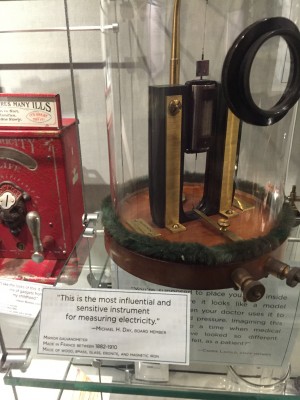
The next day was spent in St. Paul which is situated a mere 8 miles from Minneapolis across the Mississippi River. Our morning was spent at the impressive Minnesota Science Museum (www.smm.org/). The highlight of the visit was having the chance to meet with Paul Martin, Senior Vice President of Science Learning, who shared with us his vast knowledge about exhibit design and visitor engagement. It was enlightening hearing Paul’s observations about the many factors that play into visitors’ experiences and what kinds of things we should be taking into consideration as we begin planning our new core exhibit. Paul also kindly showed us around the museum’s exhibits which gave us the chance to see how these theories play out in an array of exhibit spaces. Most impressive were the Collector’s Corner where visitors are encouraged to bring in specimens from nature that they can research and, if they like, swap what they’ve brought for something else in the exhibit as well as a temporary exhibit that helps visitors explore and understand complex mathematical principles.

We also had the chance to see the groundbreaking exhibit, Race: Are We So Different? that challenges conventional notions of race. We left after three hours feeling energized and inspired.
From there, we walked a short distance to the Minnesota History Center, which contains exhibits exploring Minnesota history. Our initial impression was, honestly, not so great. It was a little difficult to find our way around and the first two exhibits we saw were packed with school kids. While we were impressed with the experiential nature of the exhibits as well as the many opportunities for hands-on engagement, we found them lacking in interpretation.

We persevered, however, and moved on to a quieter section of the museum where we experienced a beautiful exhibit honoring the lives of Minnesota’s “Greatest Generation,” the men and women who lived through the Depression and World War II. Another enjoyable exhibit explored the science behind Minnesota’s weather. As it was a rather chilly day (at least Anita, Jerry and I thought so – we were shocked to see people walking about without coats!), it was interesting learning about the extremes of weather that Minnesotans experience (and made me appreciate living in Baltimore much more).
For our last day, we ventured back to Minneapolis for one of the coolest museums I’ve ever visited. Mill City (www.millcitymuseum.org) is operated by the Minnesota History Center and built on the ruins of what was once a booming flour mill. In the cavernous space, visitors learn about the importance of the milling industry to Minneapolis’s history and the role that the Mississippi River played in its development. The museum experience takes advantage of its location by completely immersing visitors in the factory environment of a flour mill and one of its most unique (and fun) activities is an elevator ride that delivers the history of the mill through recorded oral histories and period sets that are revealed as the doors of the elevator open onto different floors. The elevator lets visitors out on the top floor where there is an observation deck that provides stunning views of the river.

The exhibit on the lower level of the mill includes a thorough history of the milling industry complete with a variety of interactive activities (many of which are low tech), a working kitchen where volunteers provide baking demonstrations (this is one of the few museums I’ve experienced that includes both smell and taste as integral parts of the visit) and a brief but informative film that provides an overview of Minneapolis’s history.
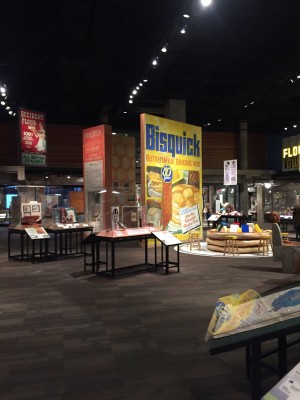
Although we were somewhat fatigued after spending so much time visiting museums, our flight home didn’t leave for a few hours so we decided to add one more non-history /non- science museum to our tour and visited the Walker Art Center (www.walkerart.org), a leading contemporary art museum. Our visit happened to coincide with the first Saturday of the month which is their free day so the place was teeming with visitors, many of whom brought their children for the variety of hands-on art workshops. While it was refreshing to have the chance to view art (and the collection is outstanding), we were definitely feeling a little overwhelmed and museumed out, so we did not stay too long.
All in all, Jerry, Anita and I were thrilled to have the chance to see such a variety of outstanding museums. We came away with many terrific ideas that will certainly inform our exhibit planning process.
